From prisons to mass graves, unmasking media propaganda in post-Assad Syria
By Alireza Akbari
Following the fall of Bashar al-Assad's government and the dramatic takeover of Damascus by West-backed militant groups, media propaganda has surged to unprecedented levels.
Fabricated narratives have surfaced, including claims of 150,000 prisoners held in Sednaya Prison, north of Damascus, and the existence of thousands of “mass graves” scattered across the country.
A recent staged report by CNN, purporting to uncover a Syrian prisoner, highlights a troubling trend of disinformation that obscures the complex realities on the ground in Syria.
CNN’s chief international correspondent, Clarissa Ward, presented what she claimed was a Syrian “prisoner” confined to a locked cell, appearing fit and healthy.
“In nearly twenty years as a journalist, this was one of the most extraordinary moments I have witnessed,” she shared on her X (formerly Twitter) page.
The report sparked immediate backlash. Social media users mocked her portrayal, with many suggesting she deserved an Oscar for her “superlative performance.”
This incident amplified concerns about the professionalism of reporting and the troubling trend of sensationalism in media narratives surrounding the crisis in Syria after Assad's fall.
Ward's fabricated account regarding events in Syria following the takeover by militant groups led by Hayat Tahrir al-Sham (HTS) highlights a troubling trend in both Arab and Western media narratives.
Since late November, when these militant groups released a video vowing to topple the Assad government, a wave of sensationalized reporting has emerged, shaping public perceptions.
Simultaneously, a wave of propaganda surrounding the prisoners in Sednaya Prison has proliferated across the internet. Various media outlets have propagated claims of approximately "150,000" individuals reported missing since 2011, further fueling speculation and fear.

Also, allegations have surfaced regarding the existence of hidden, underground cells within Sednaya Prison, with claims that thousands are being held under dire and inhumane conditions.
Another fabricated narrative has been regarding the mass graves located at the Sedanya.
In its December 9 edition, the British daily The Telegraph highlighted these claims with the headline, “Iron body presses and torture rope: horrors of Syria’s ‘slaughterhouse’ prison emerge.”
The newspaper claimed that Syria "braces to discover the fate of over 100,000 inmates subjected to horrific abuse as rescue teams liberate the Sednaya military prison.”

The American news agency, the Associated Press, titled its December 18 report, “After Assad’s fall, the task of unearthing the dead from Syria’s mass graves is just beginning.”
The story claimed that “bones” were visible among the mounds of earth in a field south of Damascus, identified as one of the mass graves that contain the bodies of tens of thousands of people.
As propaganda surrounding events in Syria, particularly regarding Sednaya Prison, reached a fever pitch in the post-Assad era, Zionist media outlets seized the moment to shift public attention from the ongoing genocidal campaign in the Gaza Strip launched in October of last year.
Activists have pointed out that these same media outlets, which support the destruction of innocent lives in Gaza, have shown an unexpected concern for so-called "mass graves" in Syria.

American journalist Dan Cohen criticized the double standard in a post on his X account, highlighting the mainstream Western media's selective outrage on the events in Gaza and Syria.
“The political agenda couldn’t be more obvious. The aftermath of the Syrian war is being manipulated to suit Israeli interests and normalize the Gaza genocide,” Cohen wrote.
The true story and real events unfolding in Syria starkly contrast the fabricated narratives perpetuated by these media outlets, which serve the Israeli regime's interests.
According to eyewitnesses, when armed groups arrived in the Syrian capital, Damascus, they quickly seized control of the area and demanded access to the Ibn Rushd Psychiatric Hospital.
These groups conducted searches within the hospital, taking many with them. Notably, they were accompanied by a man with black hair and light skin who wore a press badge but did not speak Arabic.
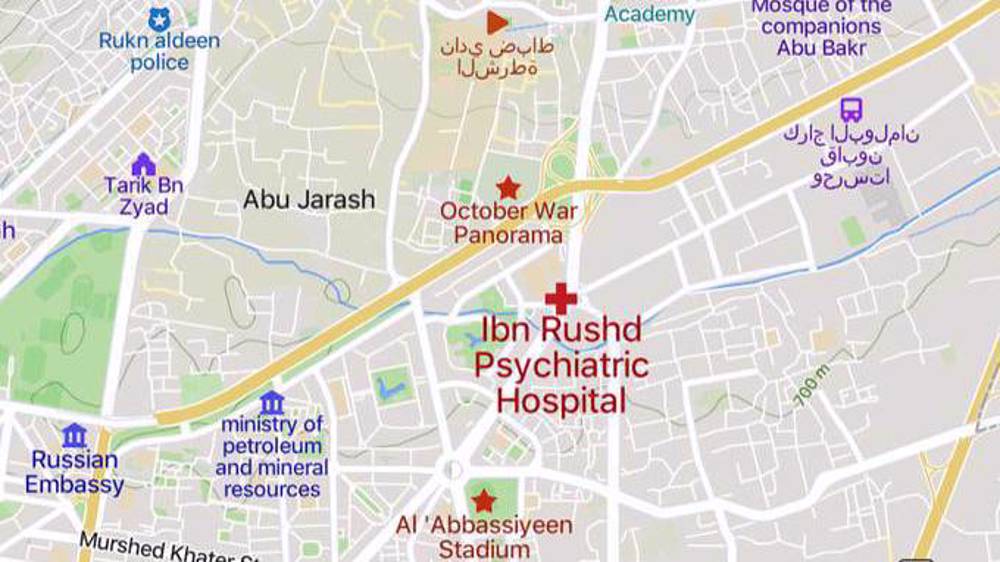
Reports indicate that many of the people taken were suffering from dementia. The few remaining staff members, along with the families of the inmates, faced intimidation from militant groups, who threatened them with severe consequences if they spoke out about the events at the center.
Residents of the area surrounding the hospital witnessed the removal of the inmates and described the scene as chaotic, likening it to “monkeys at a fair.” They voiced their concerns, asking, “What do these armed groups do? Do they care about human beings?”
Families who attempted to visit their relatives at the center were reportedly detained, with their phones confiscated for more than a day, and in some cases, they were even arrested.
In the wake of the violent removal of the inmates, images of them began circulating on social media platforms, misleadingly labeled as “prisoners held for decades in Sednaya.”
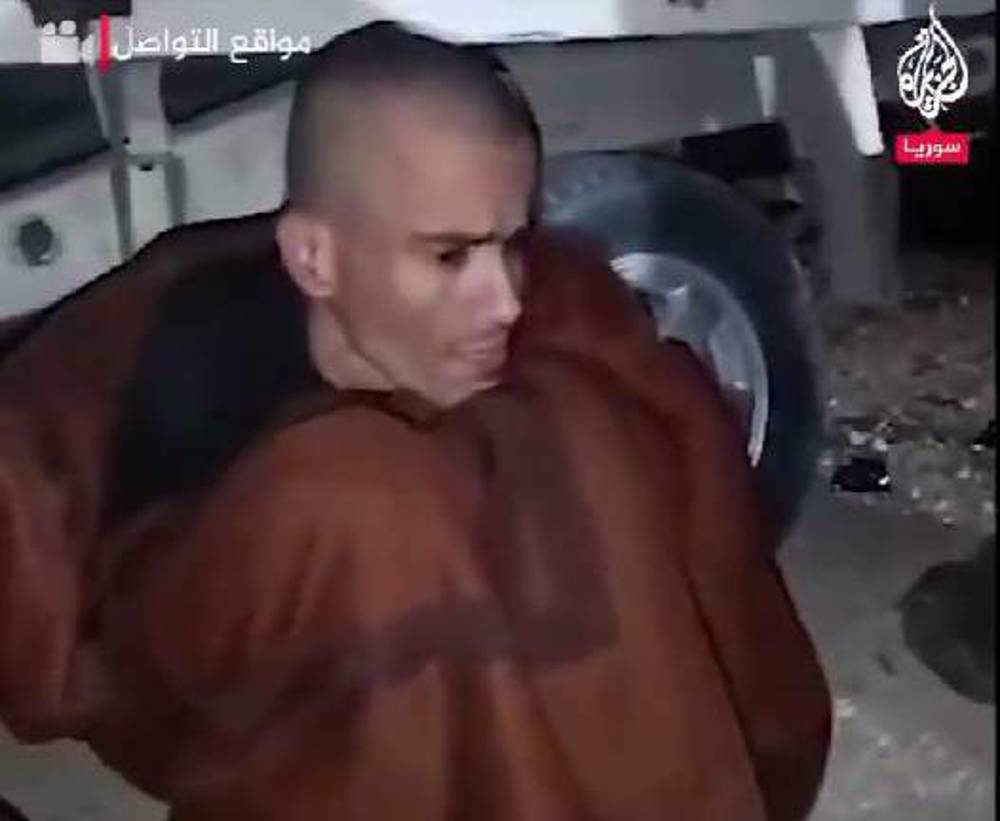
According to activists, the fabricated narrative surrounding Sednaya by certain media outlets aims to manipulate public opinion and justify the militant groups' violations against Syrian civilians.
Moreover, some media sources have circulated false figures regarding the number of prisoners held in Sednaya, with claims suggesting there are between “100,000 to 150,000” inmates.
However, documents obtained from the prison dated October 2024 indicate significantly lower numbers, citing less than 4,300 prisoners—far removed from the inflated figures being reported.
The Association of Detainees and Missing Persons of Sednaya Prison (ADMSP) secured an official document confirming that as of November 28, 2024, the number of prisoners had reached “4,300”.
The document detailed the daily findings, which recorded the following distribution of prisoners:
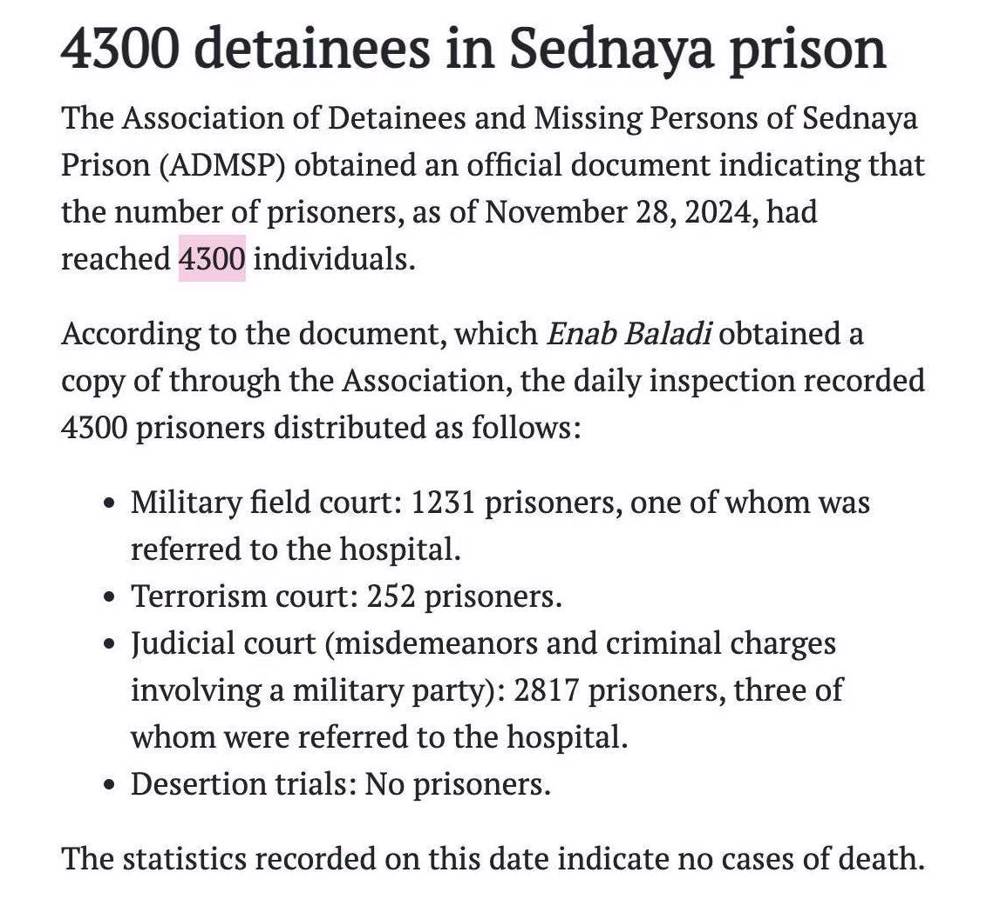
Military Field Court: 1,231 prisoners, one of whom was referred to the hospital.
Terrorism Court: 252 prisoners.
Judicial Court (Misdemeanors and Criminal Charges Involving a Military Party): 2,817 prisoners, three of whom were referred to the hospital.
Desertion Trials: No prisoners.
Notably, the statistics recorded on that date indicated no cases of death in custody.
In line with the reporting on prisoners in Syria, several additional fake cases have emerged, all of which were later proven to be fabricated portrayals surrounding the issue of imprisonment in Sednaya.
One notable false narrative involved the Jordanian Osama Al-Batayneh, who was reported to have been held hostage in Sednaya for 38 years. A brief statement released in Jordan confirmed that the DNA of the individual in question did not match that of Al-Batayneh.
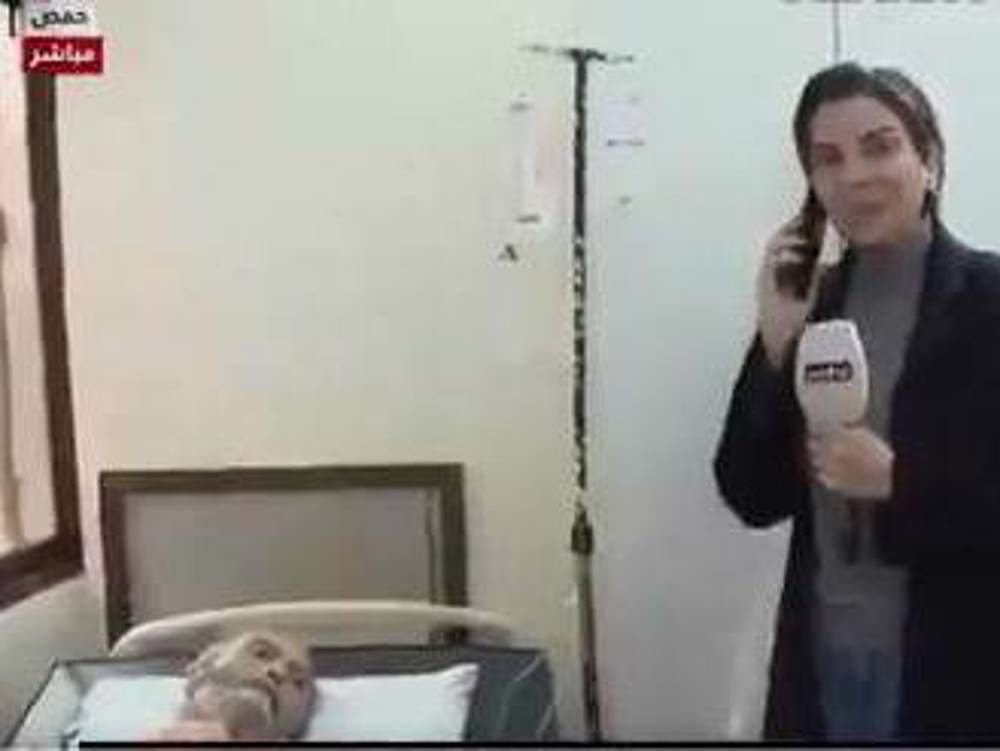
A Lebanese patient was passed off as a Sednaya prisoner, allegedly imprisoned for years.
Another fabricated story involved a so-called mentally disabled Syrian prisoner, later identified as a well-known Syrian TikToker who had been active on social media just a month prior.
With the surge of media propaganda surrounding events in Syria, many activists believe these narratives, circulated both within and beyond the Arab country, serve to justify executions and violations perpetrated by armed groups against Syrian civilians.
There have been several incidents of HTS militants executing members of the country's minority communities and destroying their religious sites and sanctities in recent days following Assad's fall.
Iran is among the countries to voice its concern over rising insecurity and violence in Syria. Foreign Ministry spokesman Esmaeil Baghaei on Thursday stressed “the necessity of preventing the spread of insecurity and violence against different segments of Syrian society, and ensuring the safety of all citizens” after militants desecrated an Alawite shrine.
Tens of thousands of people have taken to the streets in Latakia, Tartus, Homs, Hama, and Qardaha in recent days to protest against the high-handedness of the HTS administration.
However, the Western and Arab media have been focused on pushing fictitious narratives.
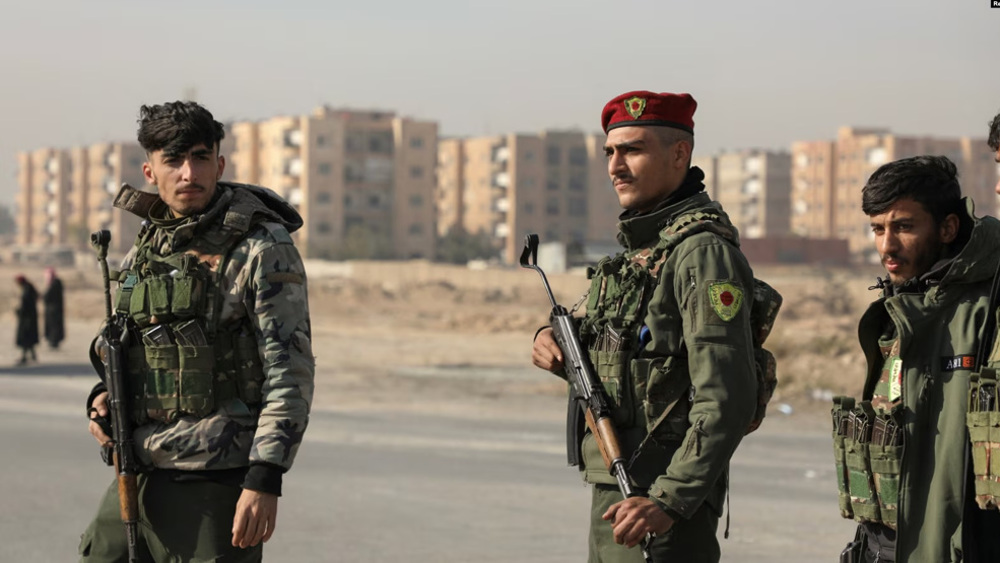
Syria's Kurds reject legitimacy of new 'transitional government'
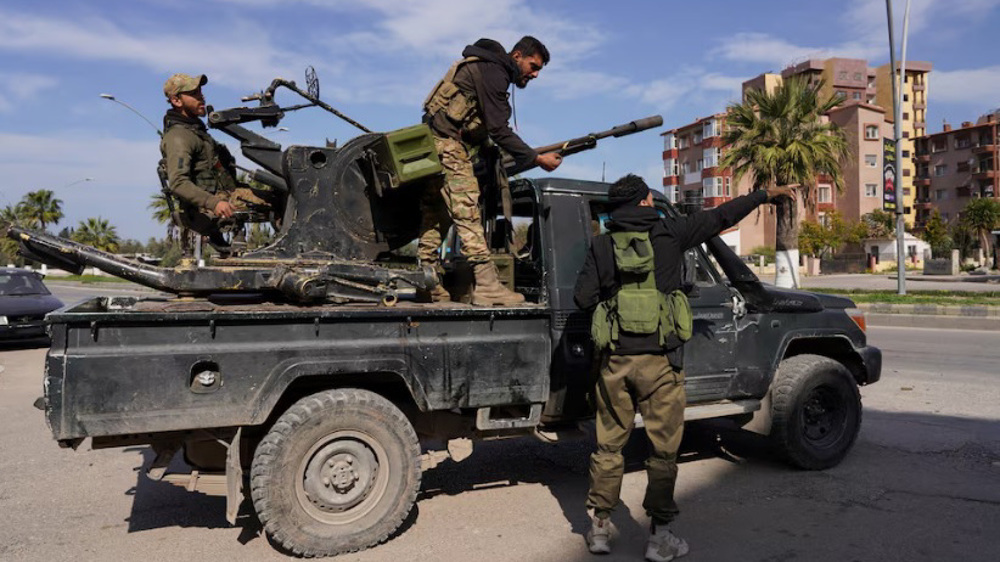
US embassy in Syria tells Americans to leave, warns of increased risk of attacks
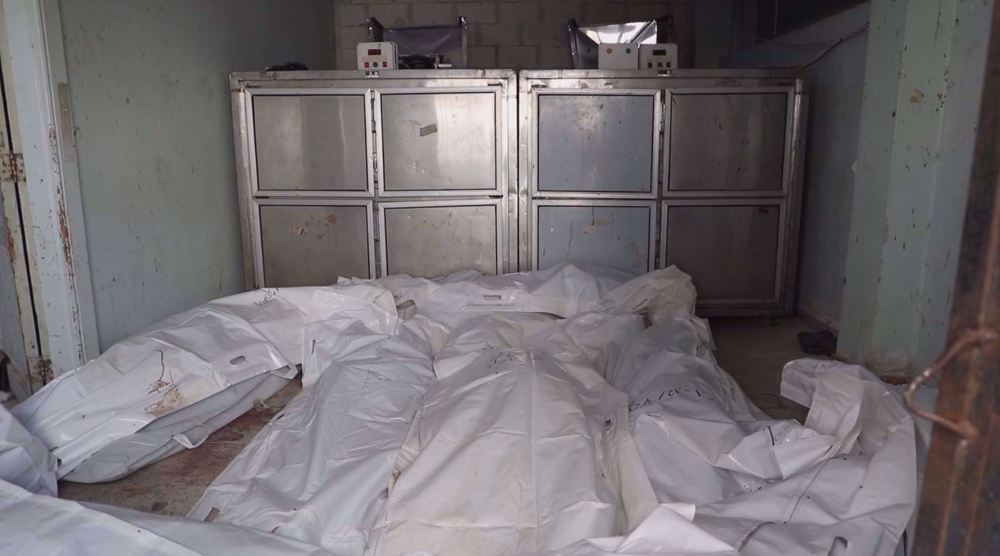
Survivors recount traumas of HTS massacres in Syria
Palestine Land Day: A powerful emblem of resistance against settler-colonialism
Iran wins Asian Freestyle Wrestling Championship in Jordan
14 Gaza medics killed by Israeli military fire found in Rafah: Red Crescent
Iran can rely on its hydrocarbon resources for 100 years: NIOC
Syria's Kurds reject legitimacy of new 'transitional government'
VIDEO | Press TV's News Headlines
VIDEO | Palestine Land Day
VIDEO | Seoul rally condemns Israeli attacks, US crackdown on pro-Palestinian students


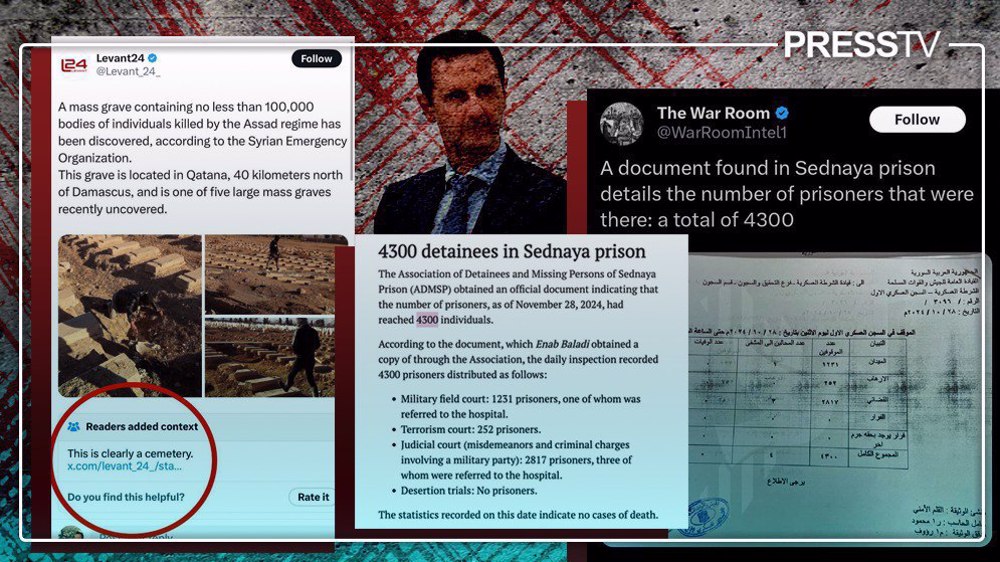




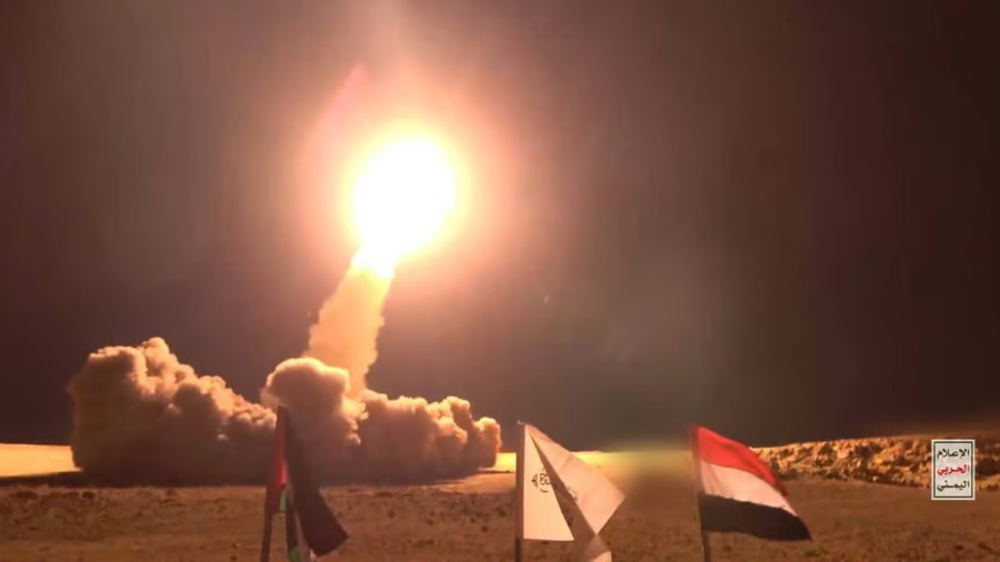

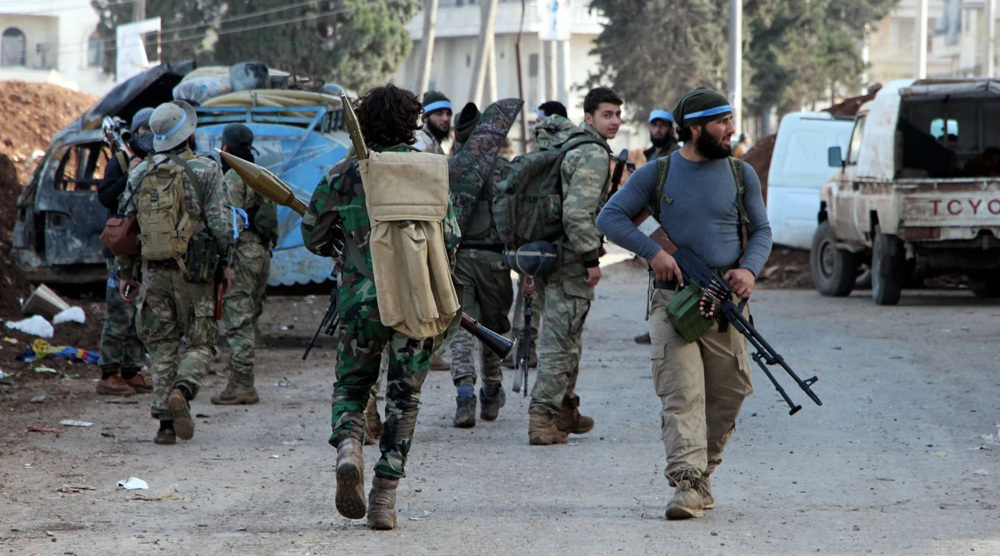
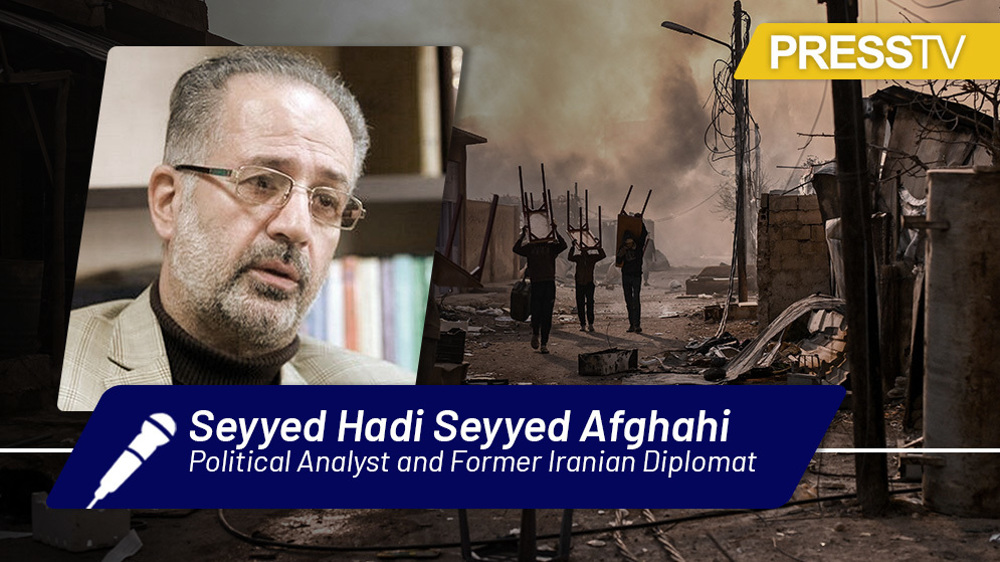

 This makes it easy to access the Press TV website
This makes it easy to access the Press TV website